The 2016 IIAS-IASIA Joint Congress in Chengdu, China on September 20-23, 2016
![]() Dujiangyan-irrigation-system.jpg
Dujiangyan-irrigation-system.jpg
![]() Braibant-Lecture-2016-opening.jpg
Braibant-Lecture-2016-opening.jpg
![]() IIAS-Braibant-Lecture-2016.jpg
IIAS-Braibant-Lecture-2016.jpg
![]() Romance-of-the-Three-Kingdoms.jpg
Romance-of-the-Three-Kingdoms.jpg
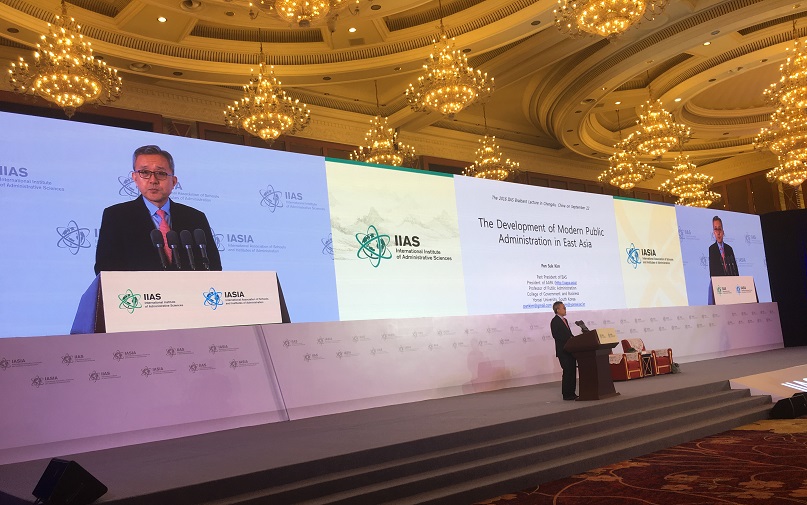
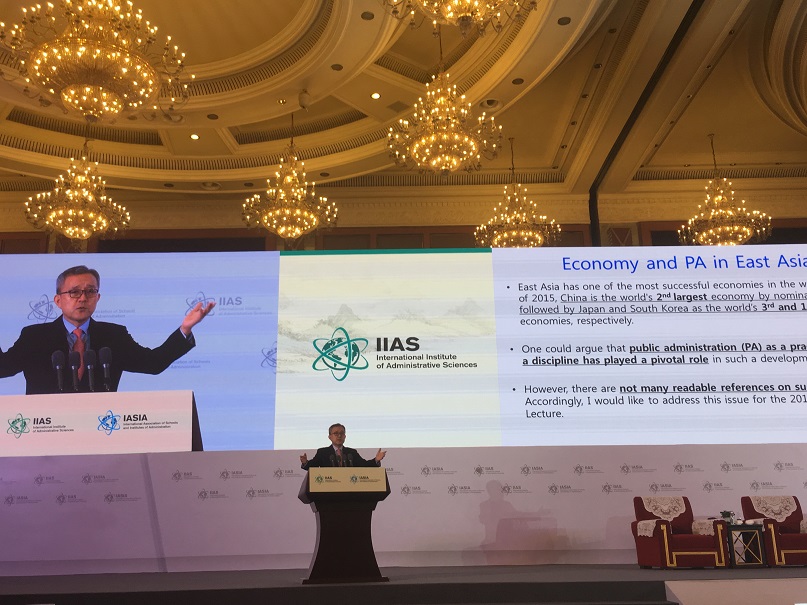
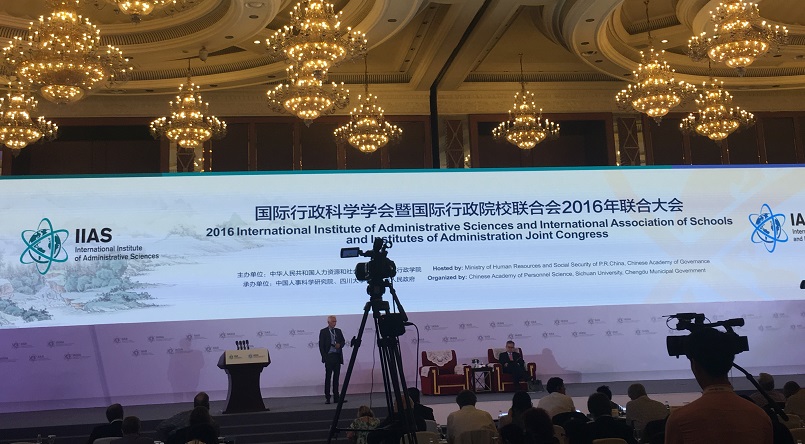
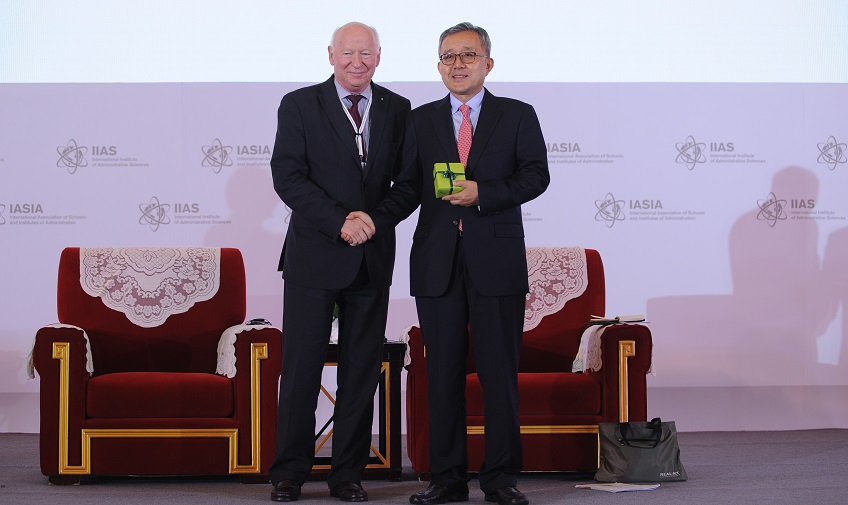
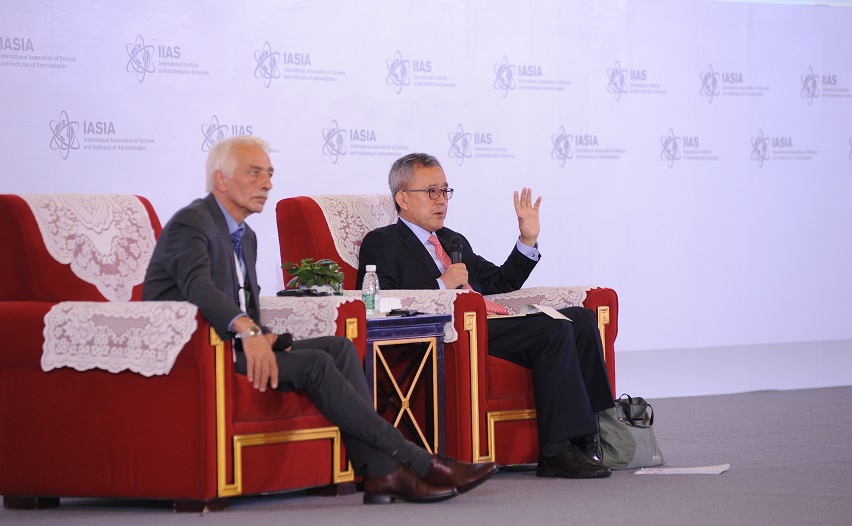
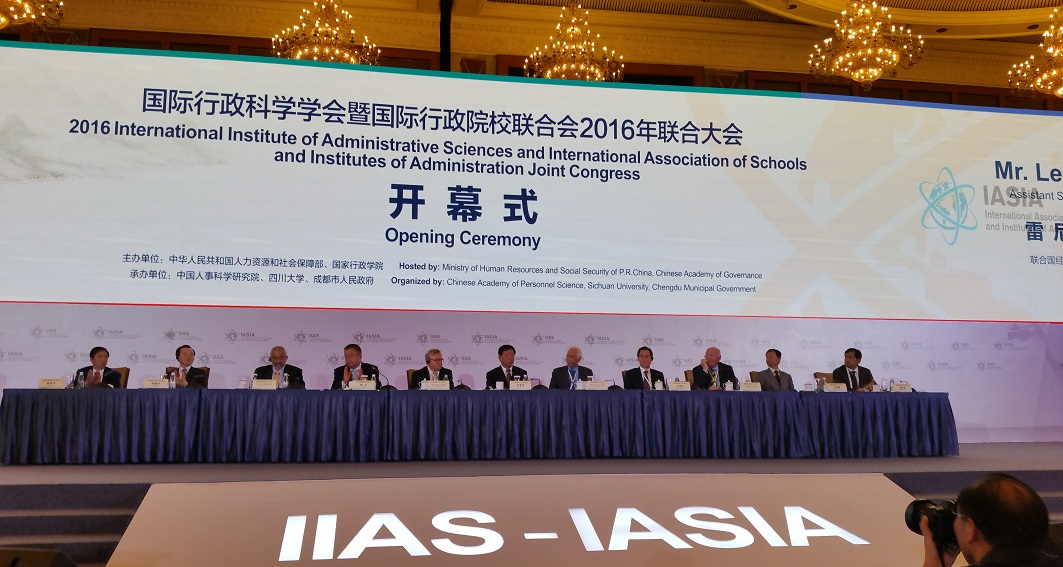
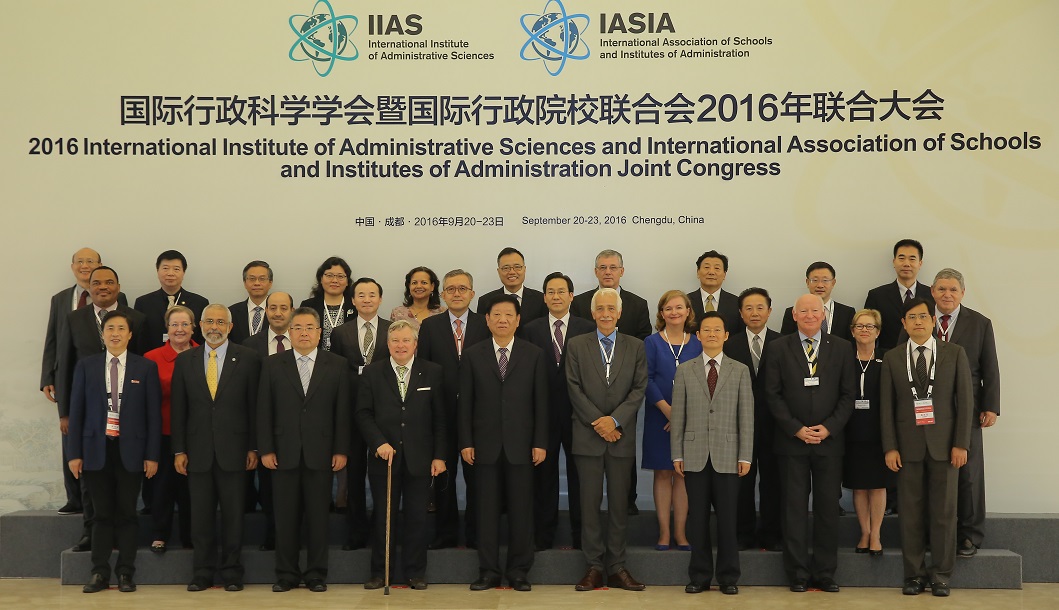

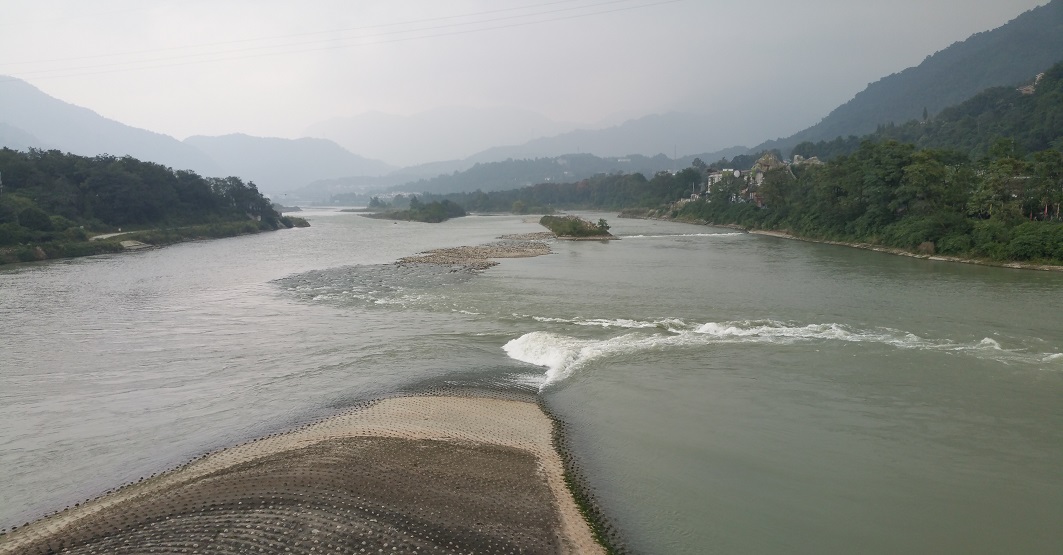
The International Institute of Administrative Sciences (IIAS) and the International Association of Schools and Institutes of Administration (IASIA) in close collaboration with the Ministry of Human Resources and Social Security and the Chinese Academy of Governance (as well as the Chinese Academy of Personnel Science, the Municipal Government of Chengdu, and Sichuan University) hosted the 2016 IIAS-IASIA Joint Congress in Chengdu, China from September 19 to 23 September.
The conference theme was “Building Capacity for Sustainable Governance” and its subthemes include: (1) strategic visions and priorities for sustainable governance; (2) building modern legal, institutional, and organizational governance systems; and (3) building public service human and financial resources capacity.
Professor Pan Suk Kim (Past President of IIAS and President of AAPA) delivered the 2016 Braibant Lecture for all participants on September 22, 2016 at 11:15-12:45. His lecture title was "The Development of Modern Public Administration in East Asia." In the IIAS HQ in Brussels on 20th March 2002, Professor Guy Braibant of France’s prestigious Conseil d’Etat delivered the first of an annual series of scientific lectures by the world-class thinkers and writers that are assembled under the banner of the International Institute of Administrative Sciences (IIAS).
The Braibant Lectures: http://www.iias-iisa.org/major-meetings/braibant-lectures/; Kim, Pan Suk. 2017. “The development of modern public administration in East Asia: The IIAS Braibant Lecture 2016,” International Review of Administrative Sciences, volume 83, number 2, 2017. Available at: http://journals.sagepub.com/eprint/5qzUPmyM9Aizy8BpDGhp/full.
Photo at the bottom of the page: The Dujiangyan (都江堰) irrigation system in Chengdu (Dujiangyan became a UNESCO World Heritage Site in 2000). It was originally constructed around “256 BC” by the State of Qin as a water conservation and flood control project. Li Bing, then governor of Shu for the state of Qin, and his son headed the construction of the Dujiangyan, which harnessed the river using a new method of channeling and dividing the water rather than simply following the old way of dam building. He constructed an artificial levee (dike: Fish Mouth Levee) to redirect a portion of the river's flow and then to cut a channel through Mount Yulei to discharge the excess water upon the dry Chengdu Plain beyond.
The 2017 EROPA Conference in Seoul, South Korea on September 11-15, 2017
The 2016 Astana Economic Forum (AEF) in Astana, Kazakhstan on May 25-26, 2016




